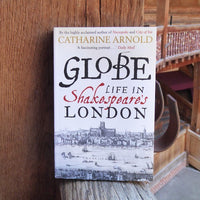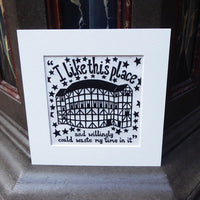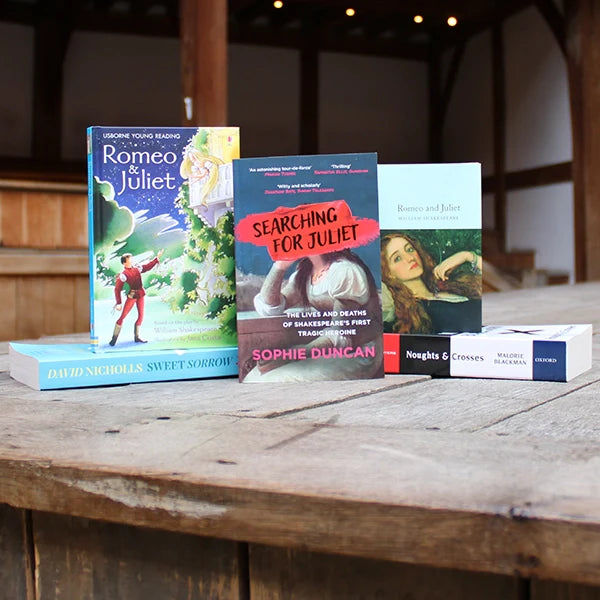
"Forbidden love, timeless tragedy." These words perfectly encapsulate the enduring power of Shakespeare's Romeo & Juliet. Centuries after its creation, the play's core themes continue to resonate deeply. The central theme of this timeless tragedy – forbidden love and its devastating consequences – continues to resonate with readers and audiences today. Modern retellings and stories inspired by this classic keep the fire alive, reflecting the ever-changing world with new faces, conflicts, and social landscapes, yet the core of yearning hearts remains.
Why is this story so enduring? The answer lies in the universality of human experience. Romeo & Juliet's story is one of passionate, forbidden love, a yearning that transcends time and culture. Modern retellings and stories inspired by the play keep this fire alive.
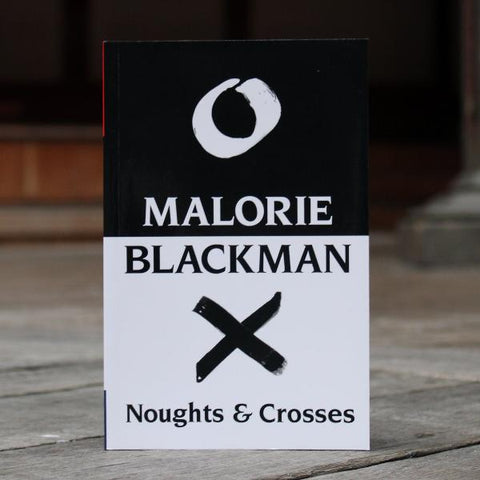
Take Noughts & Crosses by Malorie Blackman, a dystopian novel where Sephy, a "Cross" (privileged class), falls for Callum, a "Nought" (underclass). Their forbidden love story echoes Romeo and Juliet's struggle against societal prejudice, albeit set in a future filled with racial tension.

Similarly, David Nicholls', Sweet Sorrow reimagines the star-crossed lovers as teenagers in contemporary Britain. The pressure to conform, the intensity of first love, and the tragic misunderstandings all mirror elements of the classic play, reminding us that these struggles are not confined to a specific era.
These contemporary takes not only pay homage to the original but also reflect the evolving social landscape. Yet, the core message remains unchanged: the yearning for connection and the devastating cost of societal barriers.
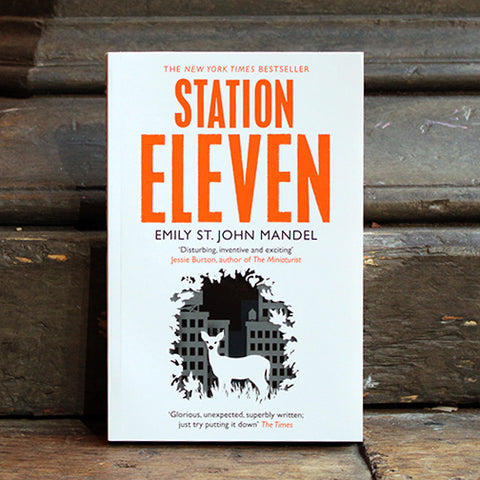
Even in the post-apocalyptic world of Emily St. John Mandel's, Station Eleven, echoes of "Romeo and Juliet" are found. The power of stories and the search for connection amidst a world in ruins remind us of the enduring human need for love, even when faced with unimaginable circumstances.
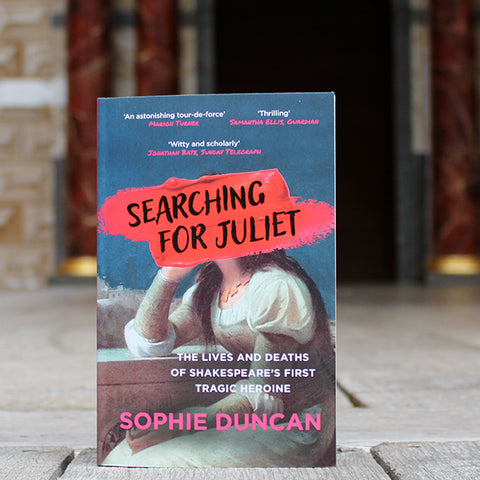
Beyond fiction, Sophie Duncan's, Searching for Juliet delves into the historical context of the play. By exploring the origins of the story and its inspirations, Duncan sheds light on the universality of themes explored by Shakespeare, reminding us of the timeless allure of the star-crossed lovers' tale.
The enduring appeal of Romeo and Juliet extends beyond film and literature. The core themes resonate across various media. West Side Story, the classic musical, brilliantly translates the gang warfare into a modern context with rival New York City groups, the Jets and the Sharks. Baz Luhrmann's visually stunning 1996 film adaptation injects the Shakespearean story with contemporary elements like guns and fast cars. Even seemingly unexpected sources capture the essence of the star-crossed lovers. The romantic comedy Crazy Rich Asians presents a social class divide mirroring the Montague-Capulet feud, while the animated film Gnomeo and Juliet hilariously translates the conflict to warring garden gnomes. Video games have also explored the themes, with titles like Final Fantasy VII featuring star-crossed lovers Cloud and Tifa and fighting games like Rival Schools featuring rival schools facing off. Even comic books have not been immune to the allure, with series like Marvel's Civil War mirroring the destructive nature of long-standing conflicts. These diverse adaptations highlight the universality of Romeo and Juliet's story, proving its ability to capture the hearts and imaginations of audiences across generations and mediums.
Romeo and Juliet may be a classic, but it is far from static. Modern retellings and explorations like these demonstrate the play's adaptability. They remind us that the human desire for love, the heartbreak of loss, and the defiance against societal norms are experiences that transcend time and culture. So, the next time you encounter a story that seems to echo "Romeo and Juliet," remember, it is not just a rehash of an old tale. It is a testament to the enduring power of love, and a reminder of why this classic story continues to capture our hearts.
Written by Chris (Retail Manager)






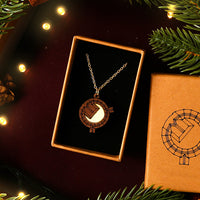




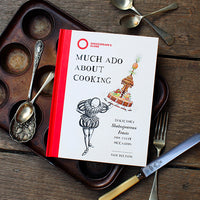








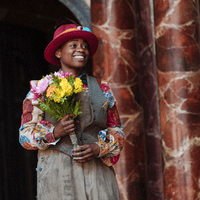








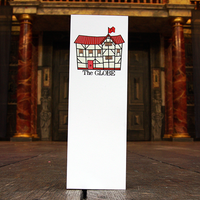






![Out, Out Brief [Playhouse] Candle Stubs!](http://shop.shakespearesglobe.com/cdn/shop/products/swpcandles.jpg?v=1722516059&width=200)



